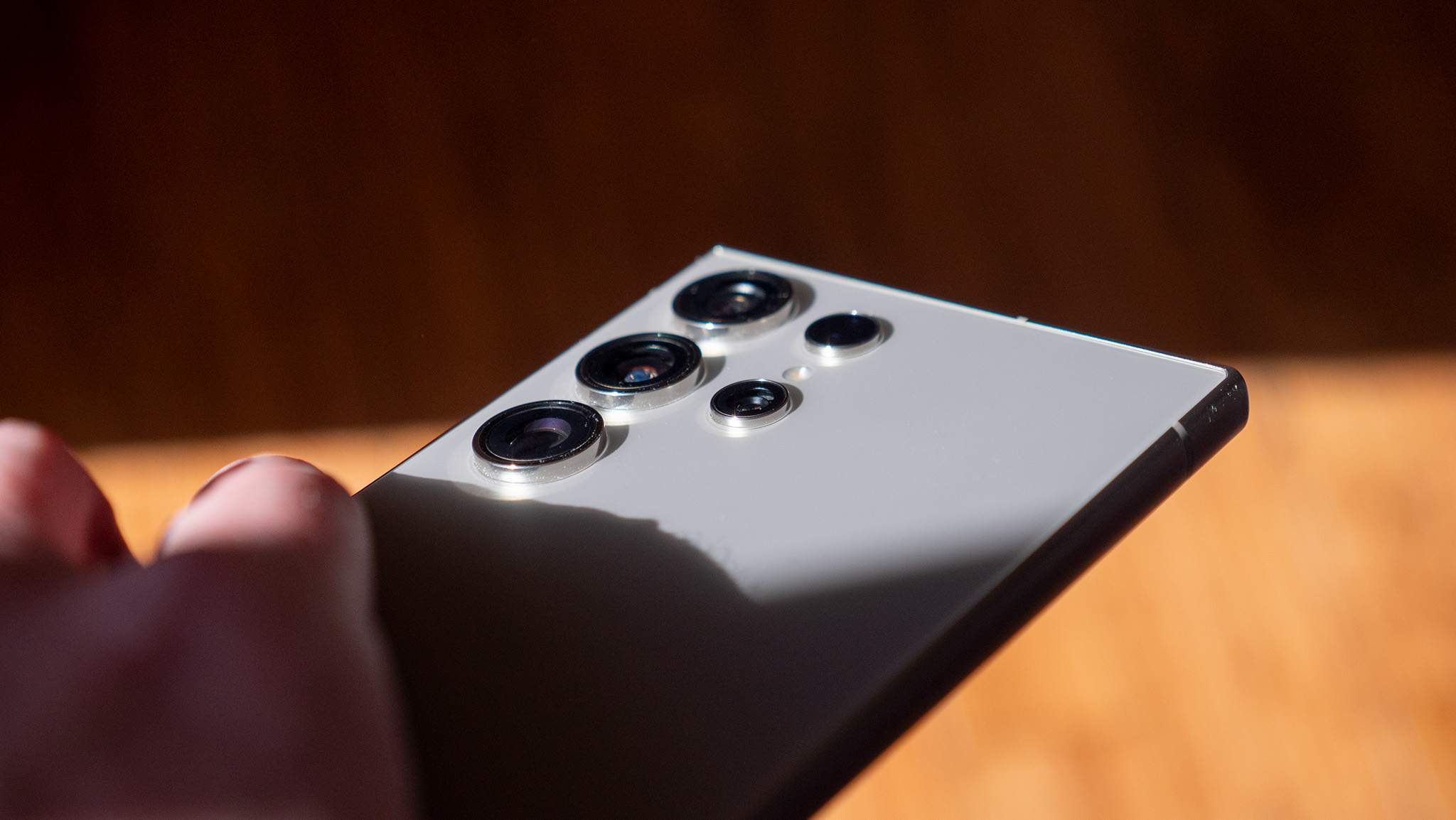
You've probably seen a million words on the internet about the coming eclipse. It's a pretty big deal if you're in North America, and it should be a spectacular show in much of the U.S. and Canada.
This one won't be right over my house like the eclipse from 2017 was, but it will be close enough that I want to make sure I'm prepared to get at least one really good photograph of it. In 2017, phone cameras kind of sucked, and most of my pics from back then are pretty trash. In 2024, I can do better. We all can do better!
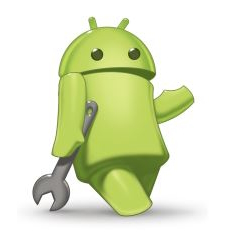
One of the web's longest-running tech columns, Android & Chill is your Saturday discussion of Android, Google, and all things tech.
The hardest part of getting good eclipse photos is making sure you're in the right place at the right time. NASA has a great interactive map showing where and when, and if you live in or around places like Dallas, Memphis, Indianapolis, Cleveland, Toronto, or Montreal, you're in for a treat. If you live on the West Coast or southeast U.S., you probably won't see anything worth taking a photo of.
You can't just run outside, point your phone (or your eyes) at the sun, and start taking pictures. that's a good way to hurt your eyes and maybe even burn your phone camera's sensor. Fortunately, the gear you need is cheap. More importantly, the way to do it is super simple.
What you need and how to do it
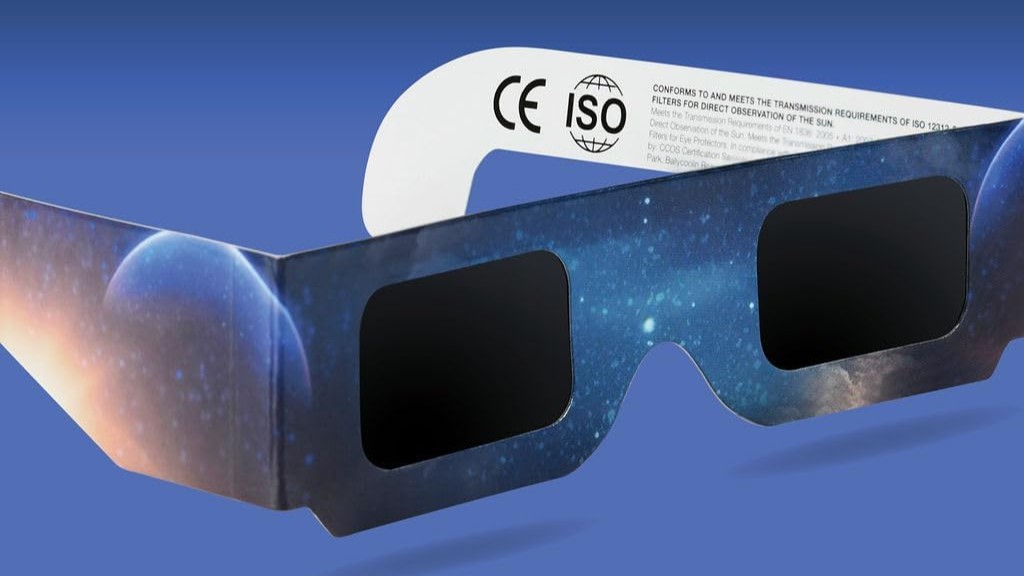
The internet is full of great advice about taking pictures of the eclipse. Really full. That's great and highlights what a cool resource the internet can be, but it can be a little overwhelming.
If you want to know how it works or techniques for professional photographs, Google everything you can. Some of the articles out there are full of awesome stuff, and I've enjoyed reading through them. Even Google is talking about ways to get a great image from your Pixel phone.
Let's get simple though. You need four things before you can take good photos of an eclipse:
- Your phone: You're going to get better results from a phone geared towards photography like a Galaxy S24 Ultra or a Pixel 8 Pro, but the phone you have in your hand will work. I'm not saying you should rush out to buy a new phone, just know budget phones aren't going to take photos like the ones you'll find on Instagram the day after.
- A tripod. If you want to go that route, you can get a good cheap phone tripod on Amazon in time for the eclipse. I use this one, and I like it. You can also fashion a tripod using a phone mount and something sturdy. Find a way to hold your phone steady while it's pointed at the sky.
- A lens filter. Some say you can't damage a phone camera by pointing it at the sun. Some people say you will. I can tell you that the phone cameras of 2017 can be damaged by taking pictures of the sun because it happened to me using an HTC U11. I suggest you play it safe and buy a specially designed-filter like this one. It also makes getting pictures easier because you can see what you're doing through the screen. NEVER LOOK DIRECTLY AT THE SUN WITHOUT EYE PROTECTION.
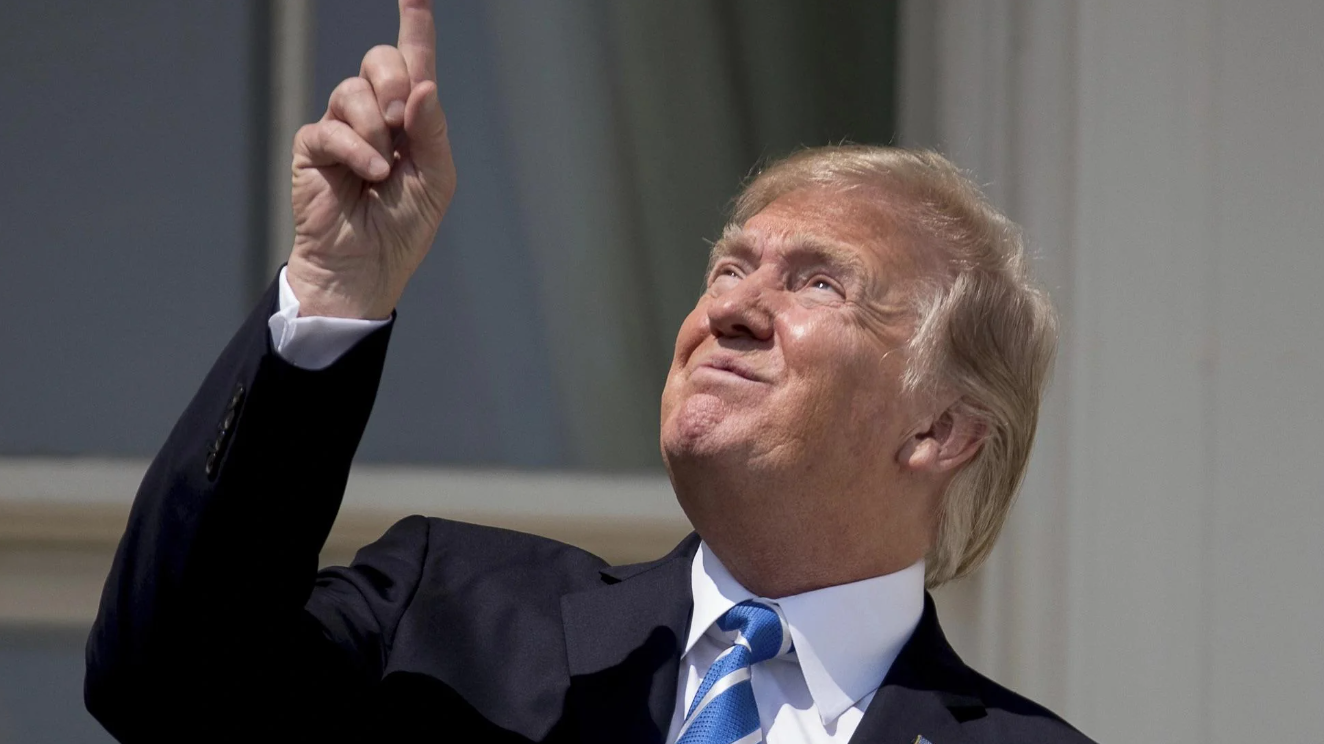
Finally, you need to know how to use the manual settings on your phone's camera. Take the time to learn how to do two things: turn off the flash and adjust the brightness. If you can, turn off things like "Ultra HDR" if your phone has them. Phone camera AI can and will ruin your eclipse shots if you let it.
With this gear at the ready and knowing how to adjust a few camera settings, taking the picture is easy. Find a good spot to keep your tripod or homemade rig steady and get set up. Remember, it will be dark for a few minutes, so be careful not to trip or knock anything over.
Now, get ready to take some photos of the eclipse:
- Get your phone on the tripod and make sure you have a good view of the sky.
- Attach the phone camera filter according to the directions that came with it. Masking tape might be your best friend here.
- Don't use digital camera zoom. If your phone has a zoom or telephoto lens, use it. Pinching all the way in is a good way to get a grainy photo. Remember, it will be mostly dark, and you won't be using the flash.
- Find the sun before the eclipse starts and focus on it.
- Use the manual settings to lower the brightness until you see a crisp outline of the sun on a very dark background.
- When the eclipse starts, try not to move things too much when you tap to take the photo. If you do, take a second or two and set it up again. You can also use a remote shutter for your phone's camera like this one instead of touching the screen to take a picture.
- Take a lot of pictures.
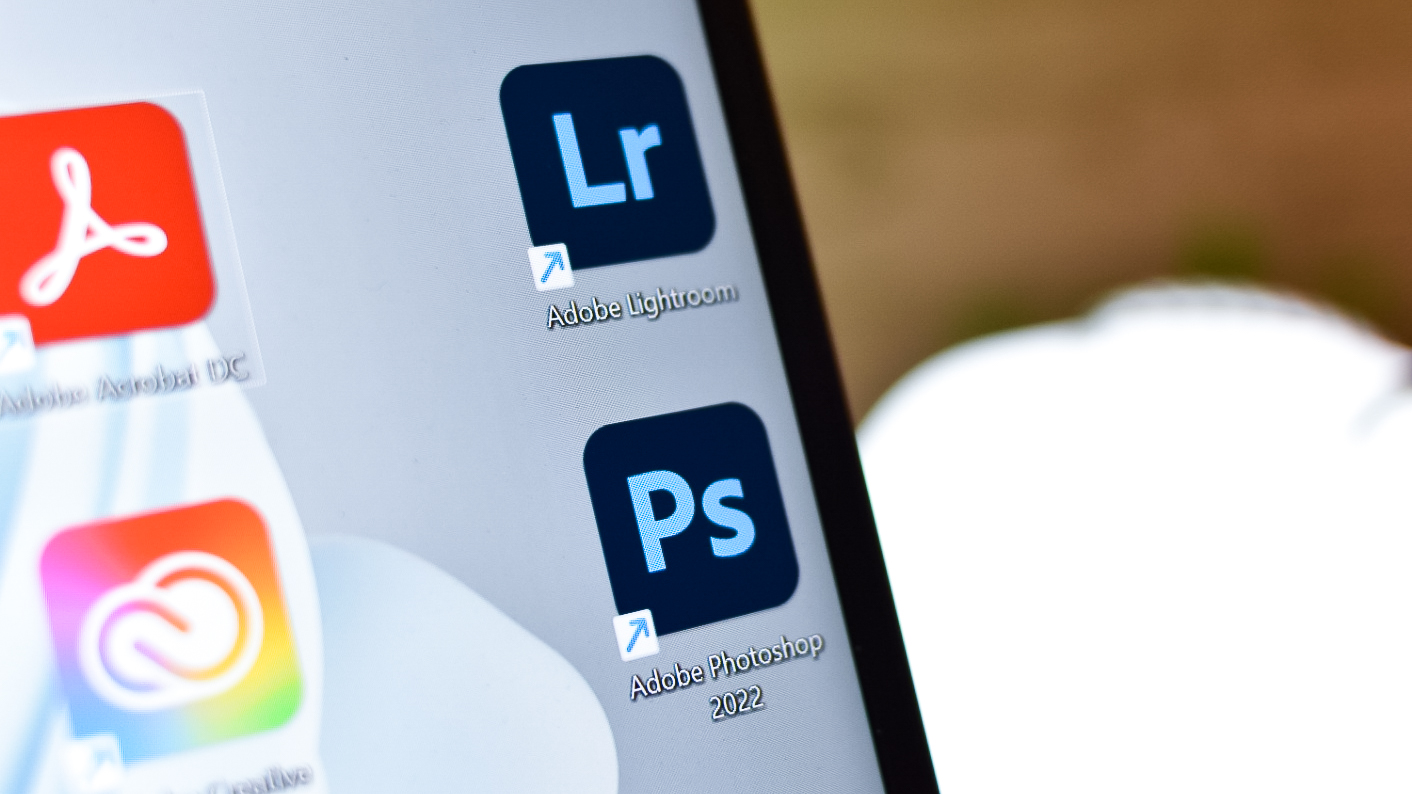
There are a couple of things you should do after the eclipse. Sort through all of your pictures on the best screen you can find, keeping every one that looks OK. These are the pictures you want to run through editing software.
You can find plenty of photo editing software for your phone, and some of the available apps work really well. Alternatively, you can transfer the pictures to another computer and edit them. Just be prepared to adjust the sharpening and exposure to make your good photos great.
You should back them up, too. If you have your own backup solution with a NAS in your house, use it. Use online backup, too; Google Photos is great (and comes with a pretty good built-in editor), and Amazon Photos is good, too. Make sure to keep them somewhere besides on your phone.
Finally, remember to share them. You think pictures of the eclipse are cool, which is why you took them. Plenty of folks feel the same (guilty), and we want to see your pictures!







